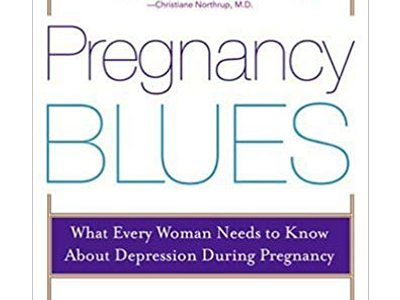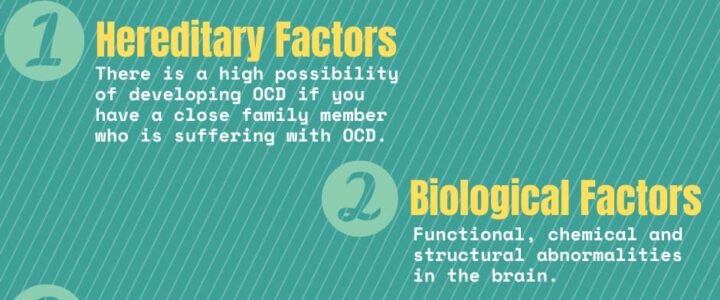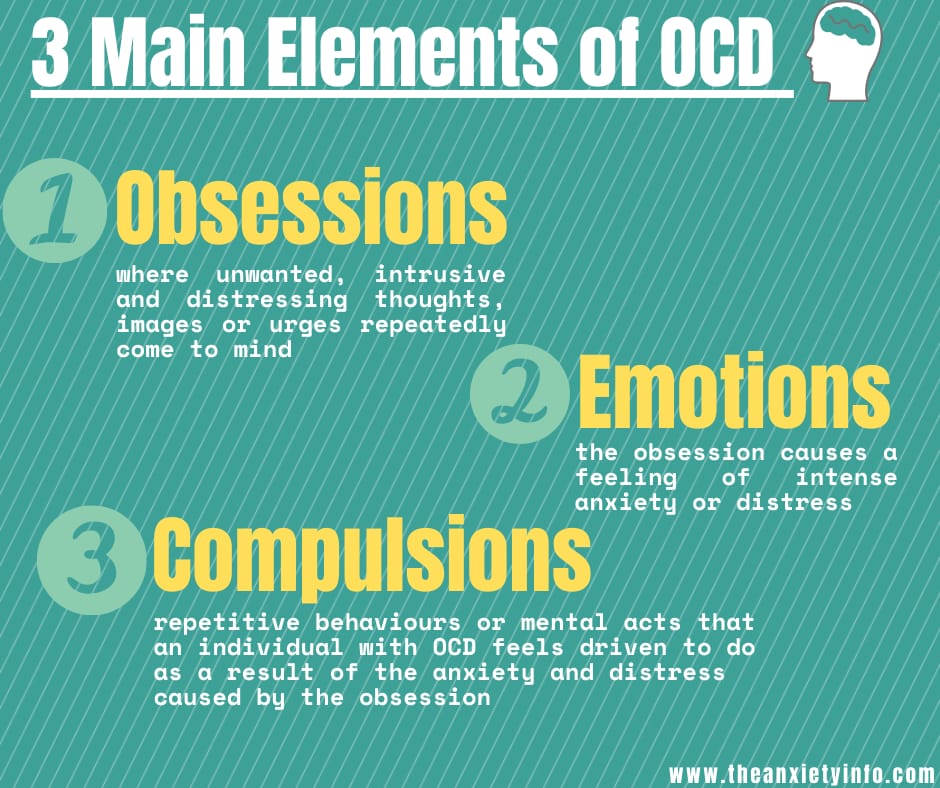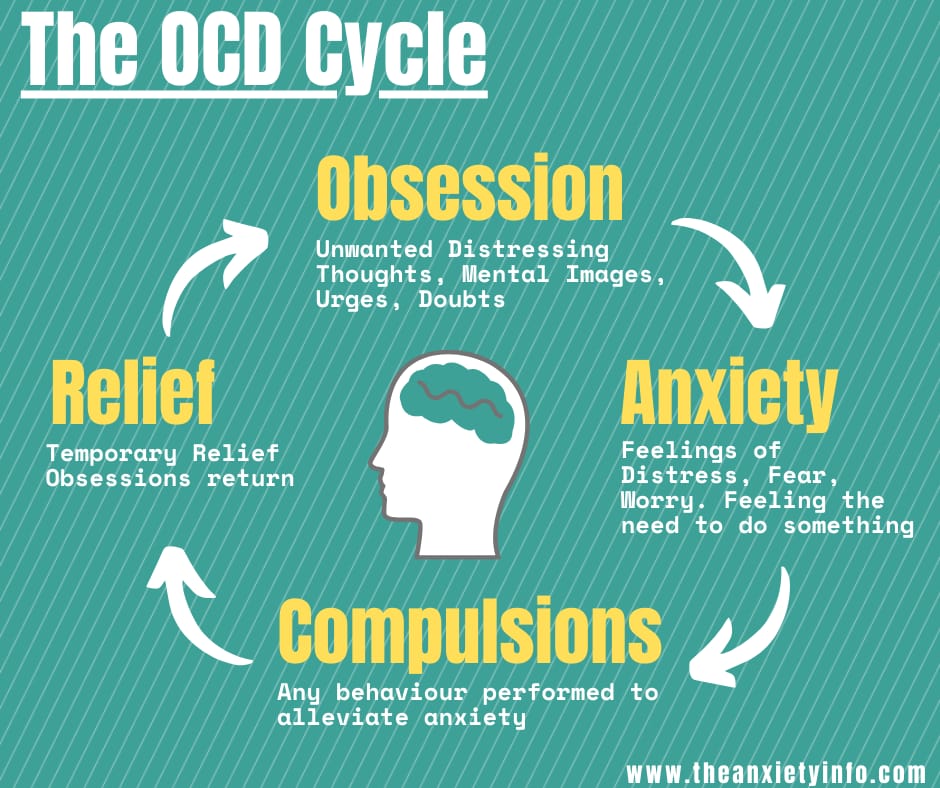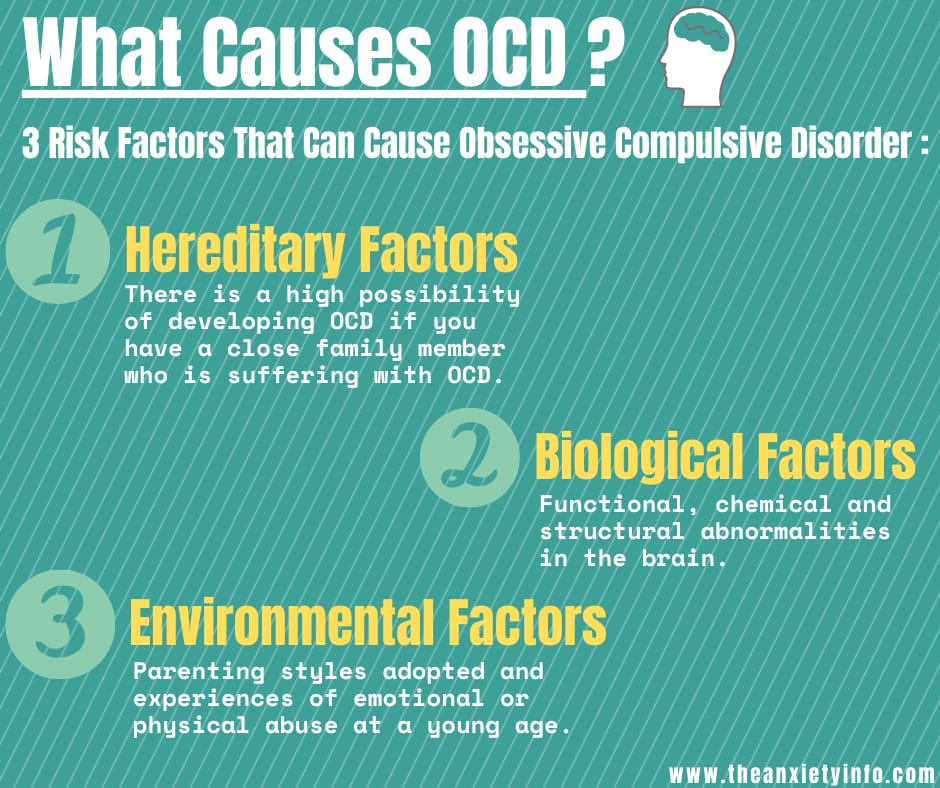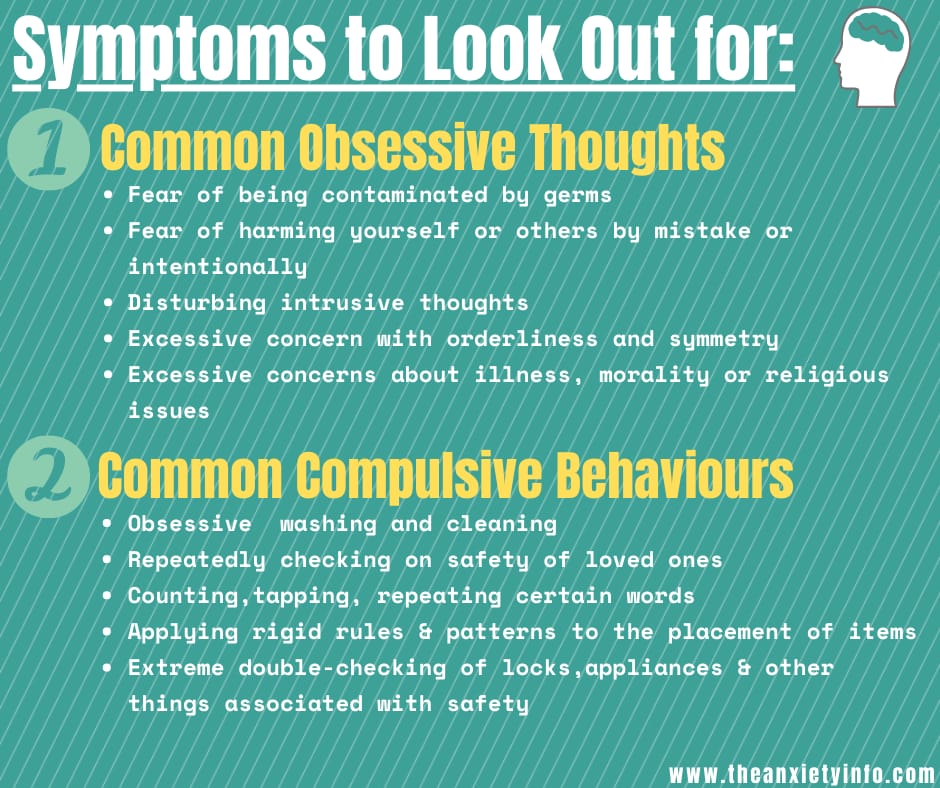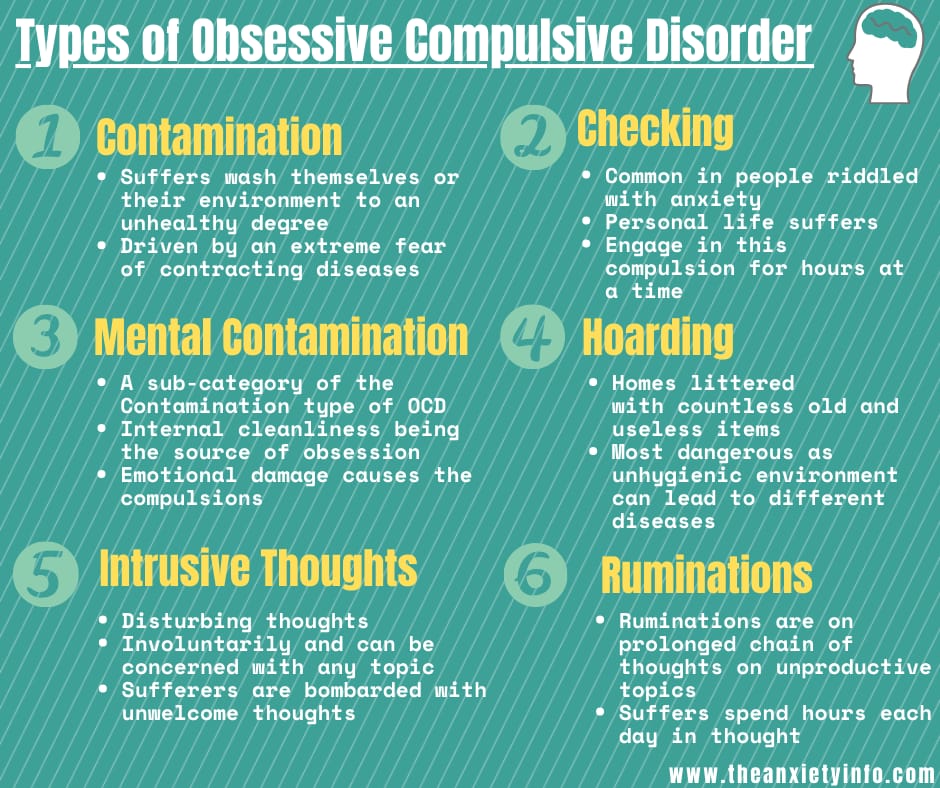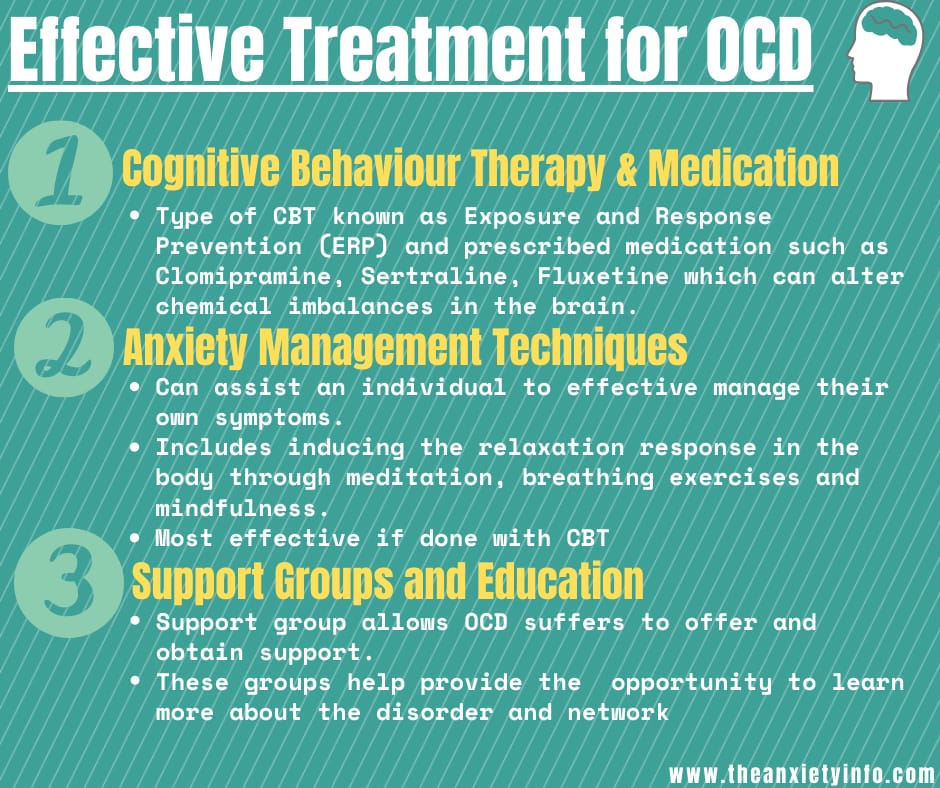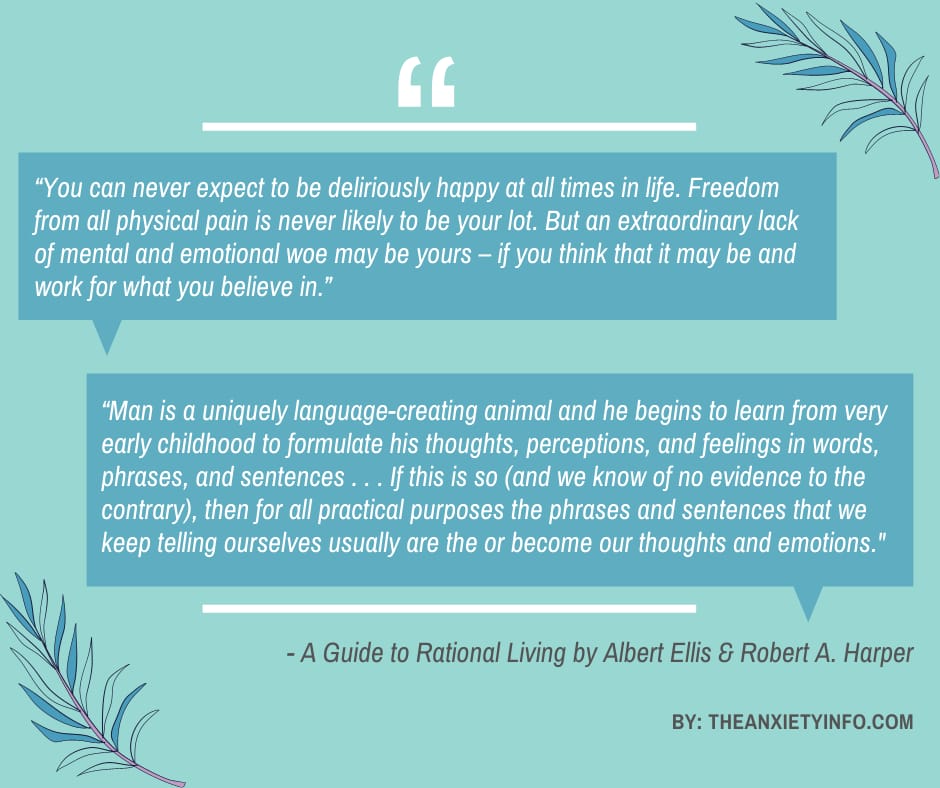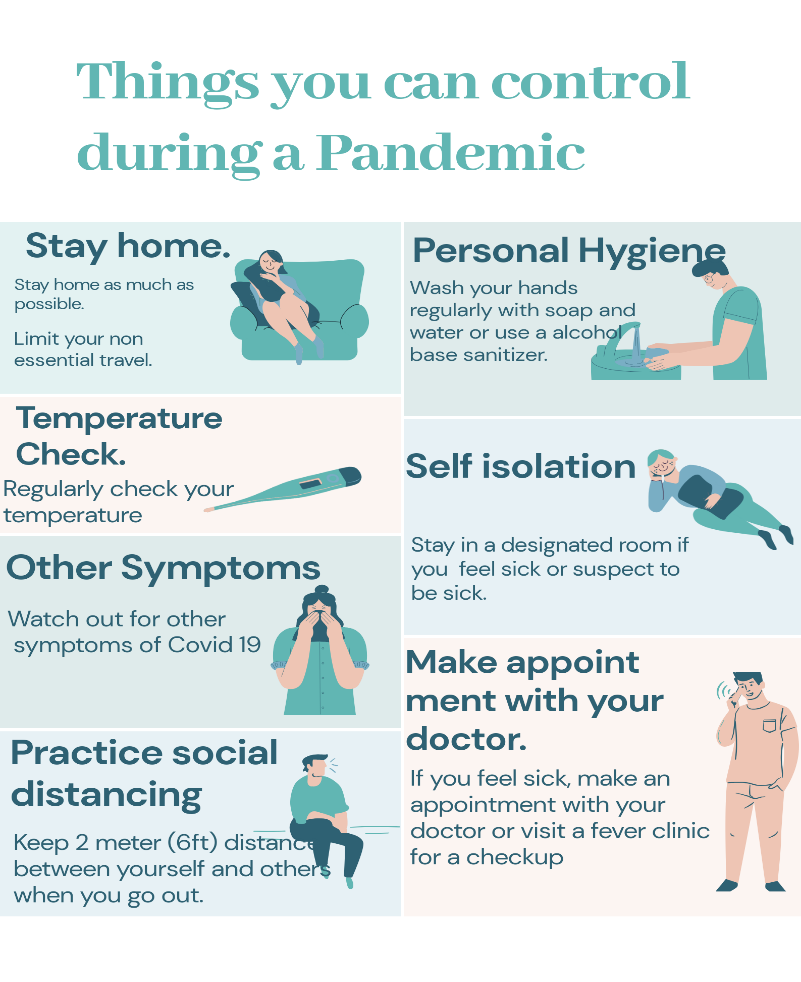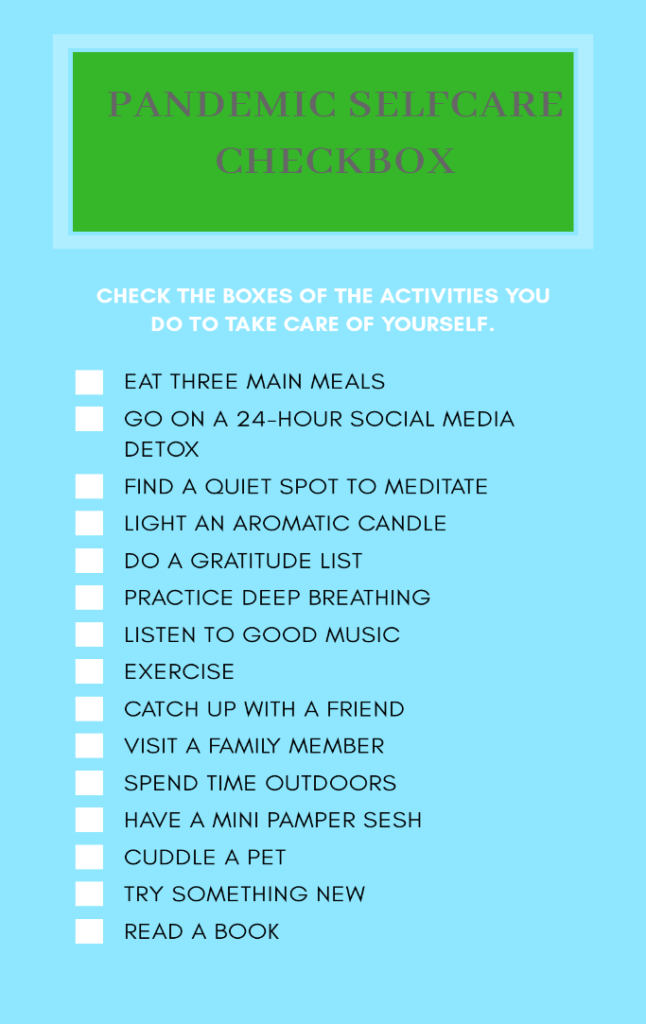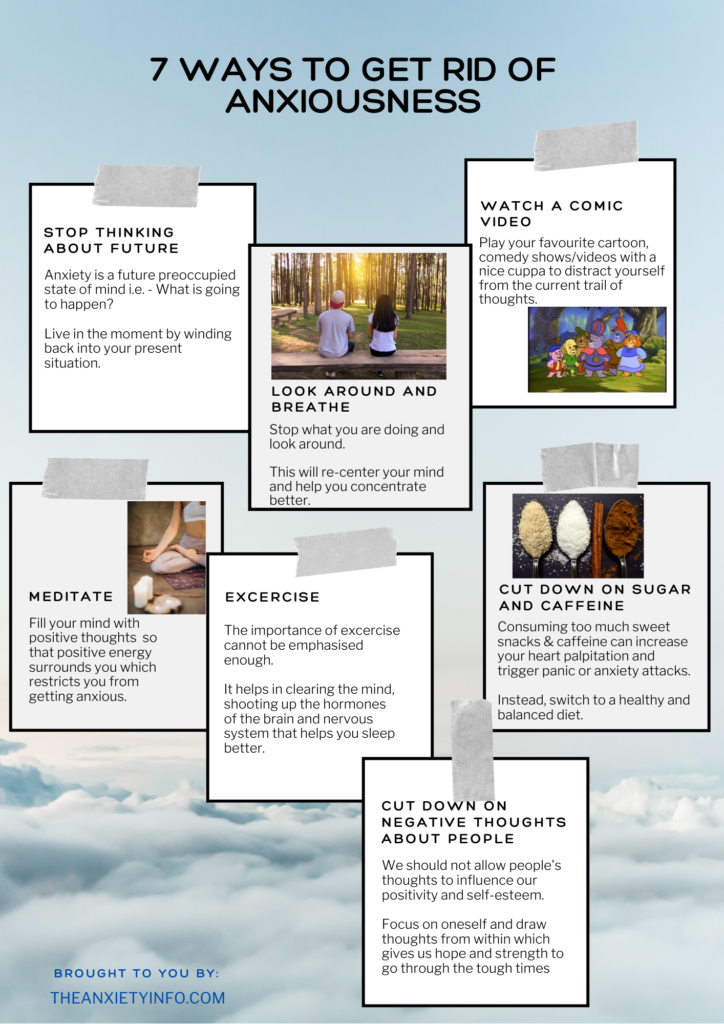Are you, or someone you know suffering from prenatal and postpartum depression? If so, you are not alone. Statistics from Postpartum Support International shows that about 15% of women experience prenatal and postpartum depression. And prenatal and postpartum depression, also known as perinatal depression is the most common complication of childbirth.
In this post, we will look at what causes maternal depression, the symptoms, and what can be done to help any woman suffering from it.
Postpartum Depression and Anxiety
For most women, pregnancy and childbirth are some of the most exciting and happiest times in life. However, for others, it wrecks their moods, plays with hormones, and elevates anxiety.
In the past, people believed that pregnancy was a firewall from emotional disorders, but as statistics show, that is not true.
There has been plenty of attention paid to prenatal and postpartum depression in recent times, and more people are now speaking about it.
Postpartum Depression Causes
What causes this depression? Well, there are several reasons. But one major reason is hormones.
Hormones
When pregnant, a woman’s body undergoes plenty of changes – including hormonal changes. During pregnancy, the woman’s’ body secretes estrogen and progesterone in higher amounts. But after childbirth, especially the first day after delivery, the production of these hormones is reduced. Having been on a high for the better part of nine months, coming down from such a high can be a big blow to the woman’s mental health.
The hormonal change can plunge her into depression – similar to how menstrual hormonal changes can affect moods.
Another factor that causes postpartum depression is a drop in thyroid hormones. These hormones primarily help to regulate energy levels in the pregnant woman. A decrease in the production of these hormones can mean less energy, resulting in depressed moods, sleep deprivation, reduced mental alertness, and weight gain.
Mental Factors
Aside from these hormonal changes, a new mother can also face psychological stress. She might feel overwhelmed with the responsibility of caring for a child, the need to be an “awesome” mother, the loss of freedom, and other things.
When combined, these factors increase the risk of suffering from maternal depression.
How Long Can Postpartum and Prenatal Depression Last?
The duration of postpartum depression and anxiety is influenced by other forces, not solely dependent on the efforts of the person going through pregnancy with depression.
Knowing the risk factors for perinatal depression can help you plan for care if you need it. Some of the things that might put a pregnant woman at higher risk are:
- Family or personal history of depression
- Financial or marital stress
- Complications with the pregnancy
- Recent life changes
- Birthing twins or more children
- Thyroid imbalance
Postpartum Depression Symptoms
Normal pregnancy blues and perinatal depression have some traits in common. For example, insomnia, mood swings, and weight gain are observed in both cases. Thus, you might not be suffering from perinatal depression but simply from pregnancy blues.
What symptoms can help to identify perinatal depression? Some of them are:
- Frequent crying
- Severe insomnia
- Constant low energy
- Appetite changes
- Sadness
- Constant anxiety
- Lack of connection to the baby.
If you have a history of depression, it can be even worse during or after the pregnancy.
Pregnancy with Depression
There are different types of depression that a woman feels during and after this period. These are:
- Baby Blues
- Prenatal and Postpartum Depression
- Postpartum Psychosis
How is postpartum depression different from “Baby Blues”?
“Baby blues” is prevalent among pregnant women. A study shows that up to 85% of women experience this at some stage during or after pregnancy.
This experience is caused by the drop-off in the production of estrogen and progesterone 48 hours after childbirth.
For around two weeks after childbirth, a mother might suffer from the following symptoms:
- Irritation and frustration
- Exhaustion
- Hypersomnia
- Insomnia
- Rapid mood swings
- Anxiety
Fortunately, for most women, ‘baby blues’ is temporary, lasting between a few days or two weeks after delivery. Pregnancy Blues is a groundbreaking book that provides detailed information on pregnancy-related depression.
“Baby Blues” – what can you do?
There are ways to handle ‘baby blues.’ Some of the ways that work are:
- Getting enough rest – you can do this by resting whenever the bay is asleep. Take naps during the day.
- Reduce pressure – realize that you cannot do everything yourself and accept help. This will help you stop feeling overwhelmed.
- Spend time with other people including your spouse, family, and friends
- Exercise as much as you can.
Perinatal Depression – Symptoms & Treatment
According to researchers, the same hormones responsible for ‘baby blue’ is what causes perinatal depression. About 20% of mothers suffer from perinatal depression.
Prenatal and postpartum depression is similar to ‘baby blues.’ You suffer the same symptoms. However, the main difference is that while ‘baby blues’ last for a few days to two weeks, perinatal depression lasts for longer than two weeks.
The symptoms can range from mild to severe. Some of these are:
- Hypersomnia or Insomnia
- Emotional numbness
- Loss of interest in activities you previously enjoyed
- Severe mood changes
- Caring too much or too little for the baby
- Withdrawal from people
- Failure to care for ones’ self
- Trouble concentrating
- Feelings of hopelessness or worthlessness
Treatment
The good news is that perinatal depression can be treated successfully. Over 80% of sufferers overcome depression and go back to feeling better. Here are some of the successful treatments.
Medication
Anti-depressants are commonly prescribed for women suffering from maternal depression. Before you use any medication, ensure that you consult with your doctor. They would recommend a safe drug that would make you feel better without harming your baby.
Nevertheless, many women are rightly concerned about taking drugs while breastfeeding and have opted for alternative treatments.
Talk Therapy and other therapies
Talk therapy has been a highly successful treatment. Aside from talk therapy, alternative therapies like massages and acupuncture have helped some women overcome their depression.
The tips recommended for curing ‘baby blues’ are also useful in overcoming perinatal depression.
Postpartum Psychosis – Symptoms & Treatment
Postpartum psychosis occurs rarely, but it is severe and requires immediate treatment. The symptoms include:
- Extreme confusion
- Inability to sleep even when fatigued
- Suspicion of others
- Hallucinations
- Self-harm
- Refusing food
- Extreme anxiety
If a new mother suffers any of these symptoms, it is essential to get professional help as soon as possible.
Conclusion
Motherhood can be challenging, and any new mother can be depressed. It doesn’t make you a ‘terrible’ mother. Instead, getting help can help you care for your baby better. We hope that this article has provided adequate insight into prenatal and postpartum depression and its treatment.



